PODCAST Cleopatra’s Needle is the name given to the ancient Egyptian obelisk that sits in Central Park, right behind the Metropolitan Museum of Art.
This is the bizarre tale of how it arrived in New York and the unusual forces that went behind its transportation from Alexandra to a hill in the city’s most famous park.
The weathered but elegant monolith known as Cleopatra’s Needle was created thousands of years ago by the pharaoh Thutmose III.
Thanks to the great interest in Egyptian objects in the 19th century — sometimes called Egyptomania — major cities soon wanted obelisks for their own, acquired as though they were trophies of world conquest.
France and England scooped up a couple but — at least in the case of the ill-fated vessel headed to London — not without great cost.
One group was especially fascinated in the Alexandrian obelisks. The Freemasons (their symbols at right) have been a mysterious and controversial fraternity who have been involved in several critical moments in American history (including the inauguration of fellow Mason George Washington.)
A Mason engineer and adventurer named Henry Honeychurch Gorringe discovered an incredible secret on the remaining Alexandria obelisk, a secret that might link the secretive organization to the beginning of human civilization.
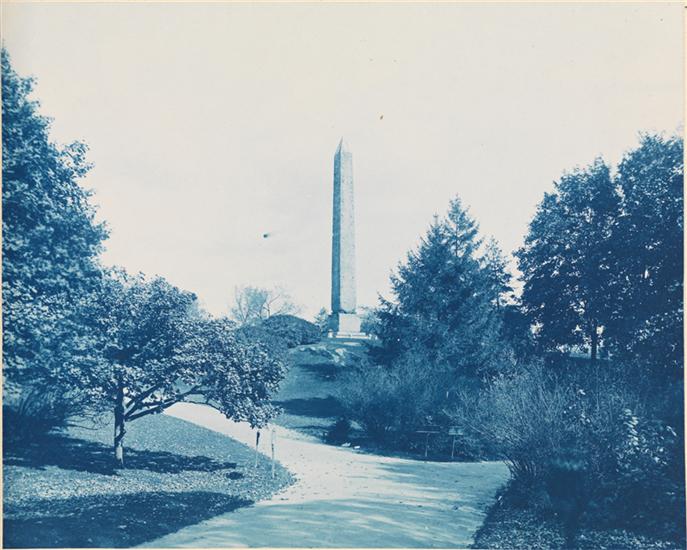
But how do you get a 240 ton object, the length of a 7-story building, across the Atlantic Ocean and propped up in New York’s new premier park?
We let you in on Gorringe’s technique and the curious Freemasons ceremony that accompanied the debut of the obelisk’s cornerstone.
PLUS: A newly recorded tale about another ancient landmark that has made its way to New York City — a column from the ancient city of Jerash, brought here because of … Robert Moses?
This is a re-presentation of a show originally released on June 26, 2014 with new 2020 bonus material recorded for this episode.
Listen today on your favorite podcast player:
The Bowery Boys: New York City History podcast is brought to you …. by you!
We are now producing a new Bowery Boys podcast every week. We’re also looking to improve and expand the show in other ways — publishing, social media, live events and other forms of media. But we can only do this with your help!
We are now a creator on Patreon, a patronage platform where you can support your favorite content creators.
Please visit our page on Patreon and watch a short video of us recording the show and talking about our expansion plans.
If you’d like to help out, there are six different pledge levels.Check them out and consider being a sponsor.
We greatly appreciate our listeners and readers and thank you for joining us on this journey so far.
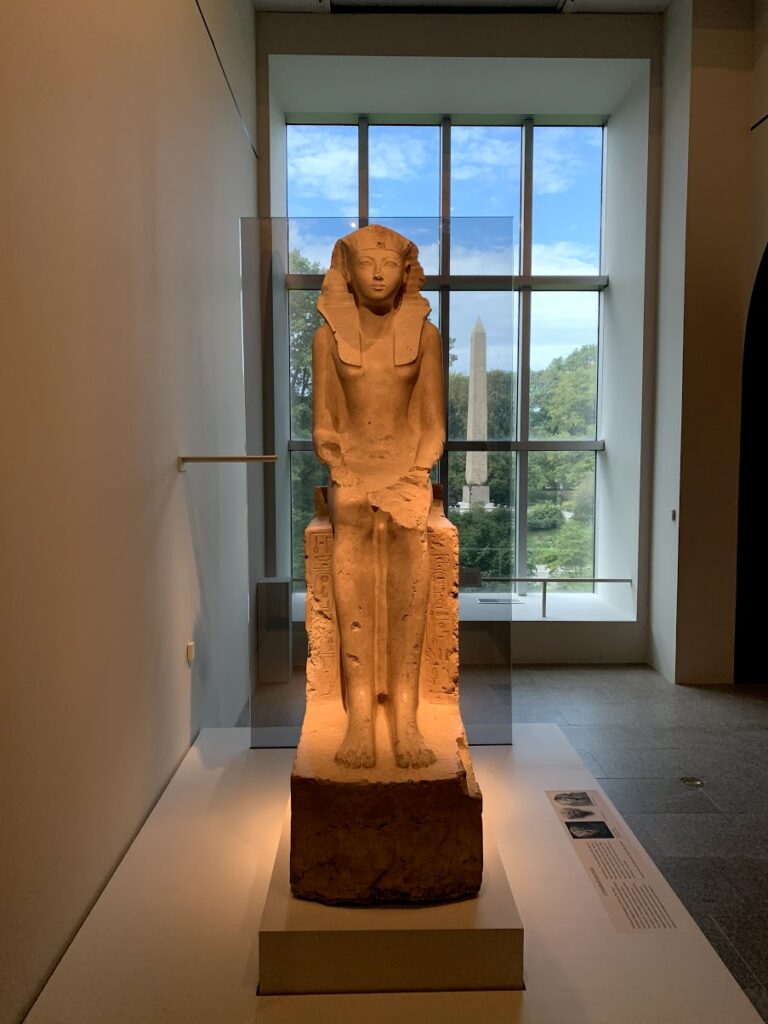
Thutmose III, who commanded thousands to construct his obelisks, pictured in a relief in Karmac:

The Masonic Chart by Currier & Ives, 1876, created a few years before the arrival of the obelisk. And another below it, from 1872


From a jewelry advertisement, meant to clarify some of the levels and organizations within the Freemasons, although I’m sure this equally confused or frightened some people! [source]

The New York Masonic Hall on 23rd Street and Sixth Avenue — the original hall (which stood at this corner during the retrieval of Cleopatra’s Needle) and the later 1911 structure which still stands there today. (Pictures courtesy NYPL)


A cigarette card recounting the terrible tale of the London obelisk. (NYPL)

The hero of this episode — Henry Honychurch Gorringe

Gorringe prepares the obelisk for transportation. Even though it holds aloft an American flag, the treasure was actually a gift to the City of New York. (LOC)


Sliding the obelisk into the hatch of a refitted Egyptian postal ship.
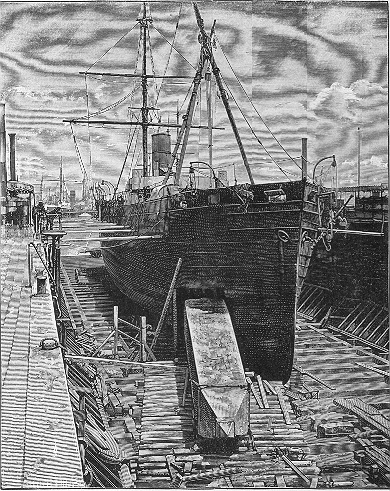
Getting the obelisk past the trains of the Hudson River Railroad! Thankfully, a Vanderbilt was in charge of both the tracks and the obelisk project.

The ‘bridge’ which slowly took the obelisk across Manhattan, dismantled and rebuilt as the object moved eastward. (The following images are courtesy Torben Retboll)


Both the obelisk and the Met were new features to Central Park in 1880.


The ‘Whispering’ Column of Jerash, located in Queens
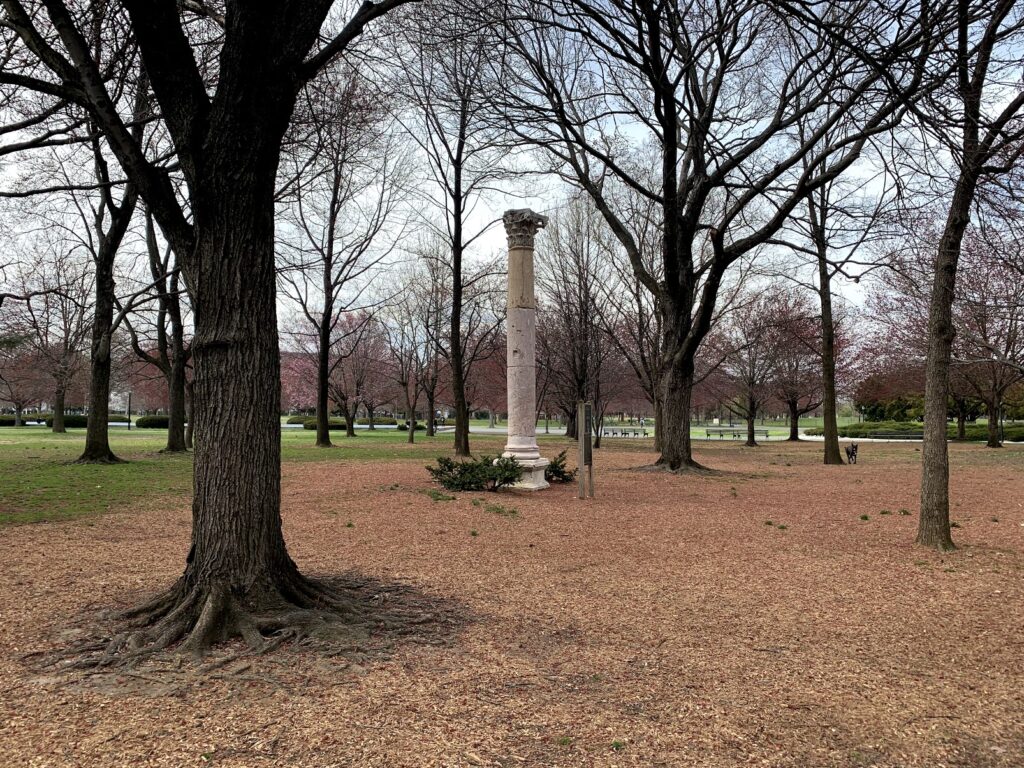
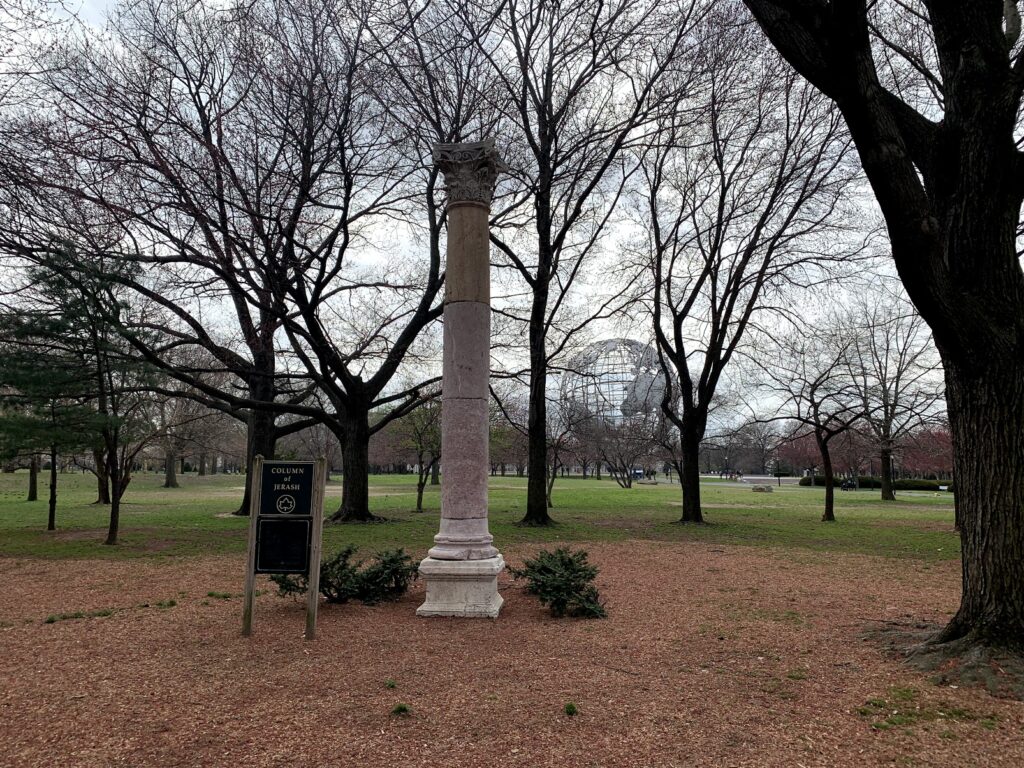


3 replies on “The Mystery of the Central Park Obelisk”
[…] we know that a Freemasons had a palm in bringing Cleopatra’s Needle, a Egyptian crypt sitting in a Metropolitan Museum’s backyard, to New York City? Or that […]
In Sparkill buried lies that man of mark
Who brought the Obelisk to Central Park,
Redoubtable Commander H.H. Gorringe,
Whose name supplies the long-sought rhyme for “orange.”
-Arthur Guiterman
There is no better, fitter man
Than Mister Arthur Guiterman